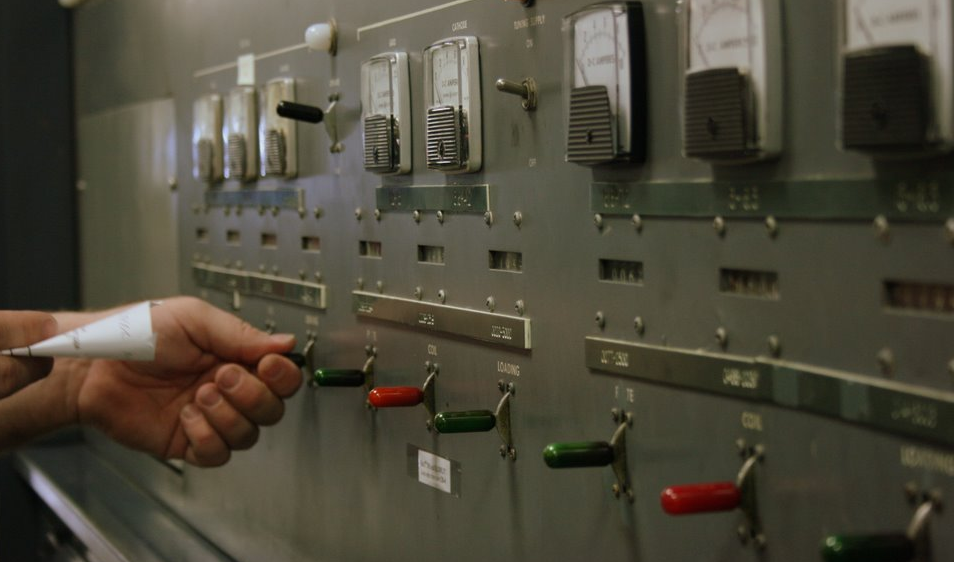Radio Mali Bamako (International Service 16 Meters) circa 1970s
/Many thanks to Shortwave Radio Audio Archive contributor, Dan Robinson, who submits this recording of Radio Mali Bamako
Dan comments:
Another in the unusual category from my 1970's archives is Radio Mali, with what it called its "International Service". Mali, at some point in the 70's had acquired new shortwave transmitters -- it would be interesting history to determine where they came from, perhaps former Soviet Union or Eastern bloc. These were listed in WRTH's and this reception was from the 16 meter band, heard in the afternoon in Levittown, PA. This was among many stations I heard on the first radio I used as an SWL, a Pilot Radio T-133, my grandmother's radio, which I still have today. I have played this audio at SWL Fests here in the United States, and offer it here on the archive as another example of SW stations of the past.
Many thanks for sharing this recording of Radio Mali Bamako, Dan.
Click here to download this recording as an MP3, or simply listen via the embedded player below:
























